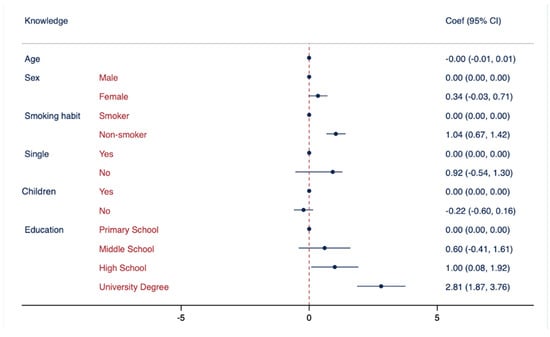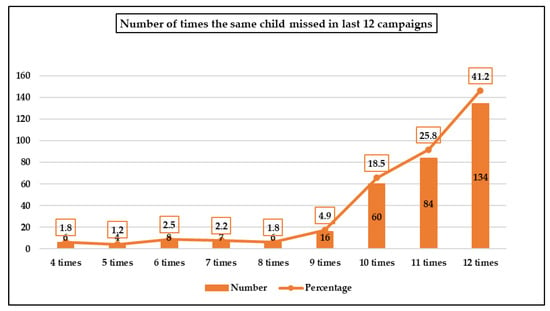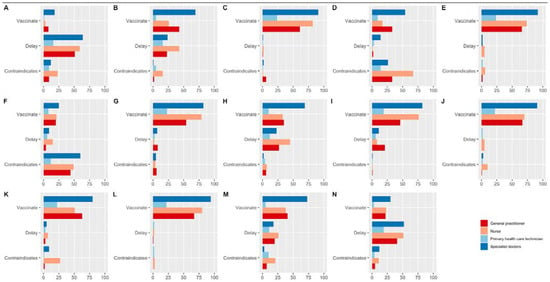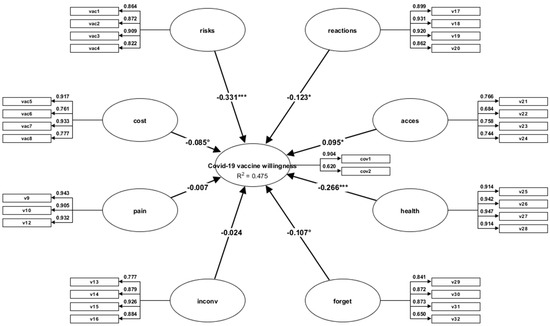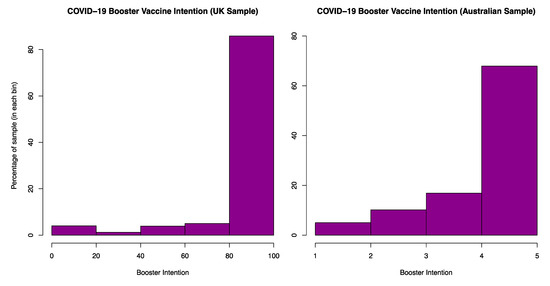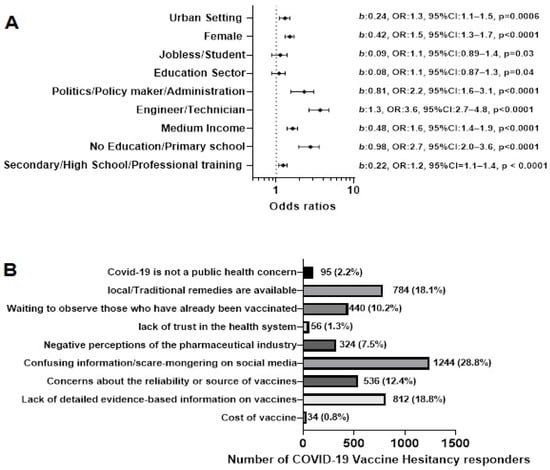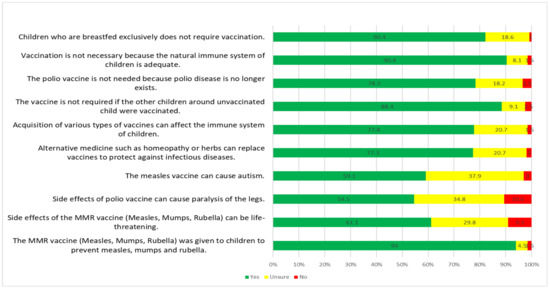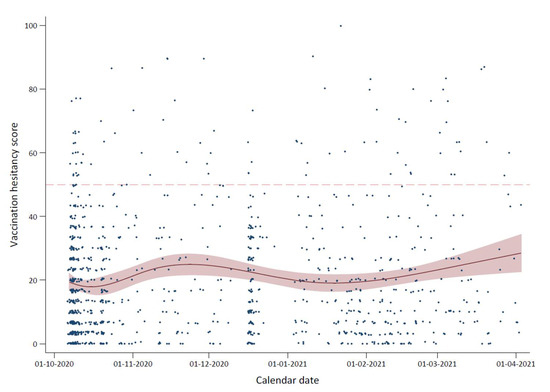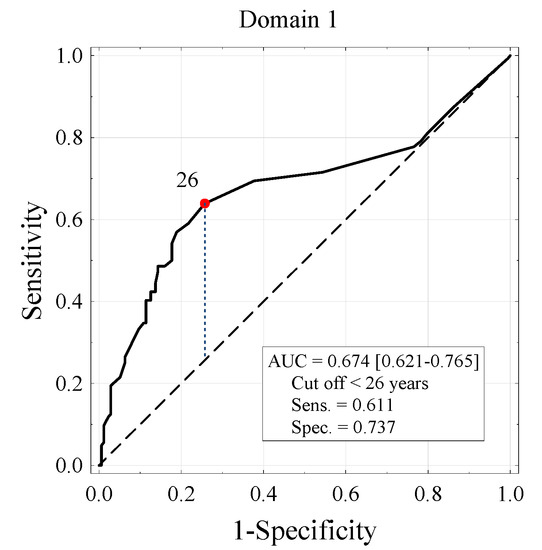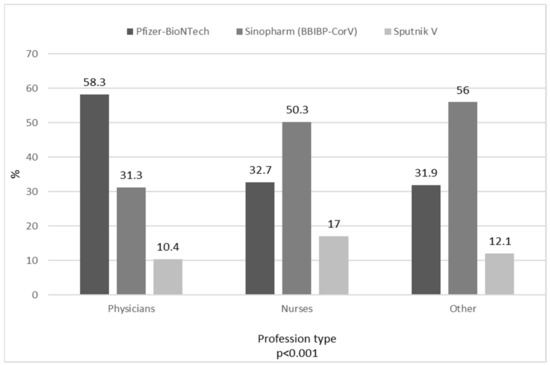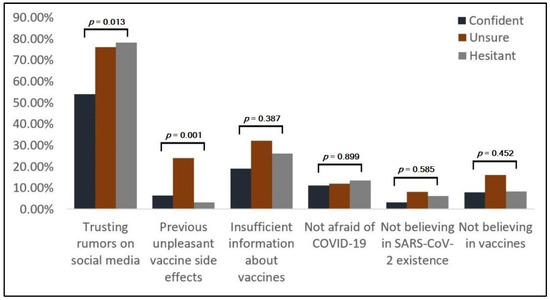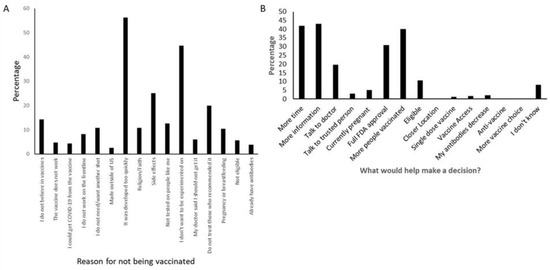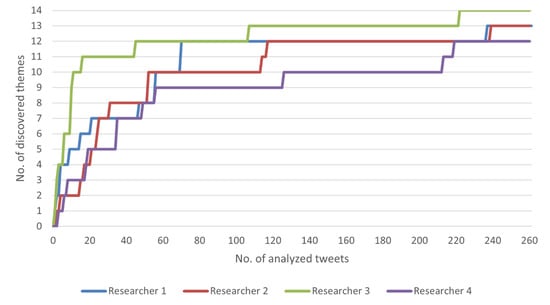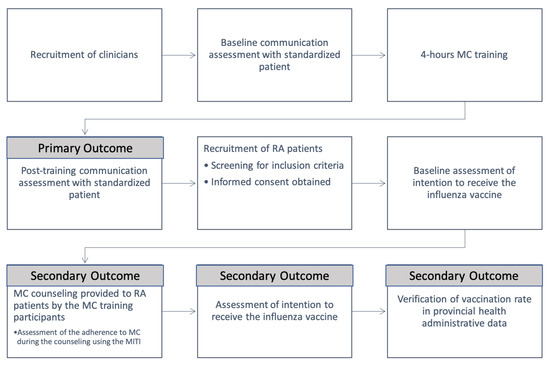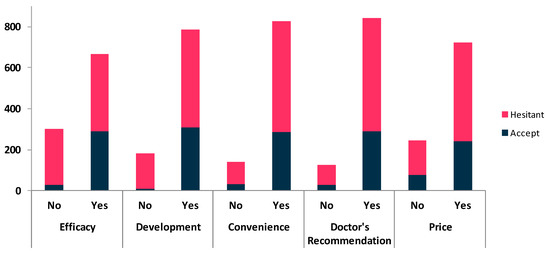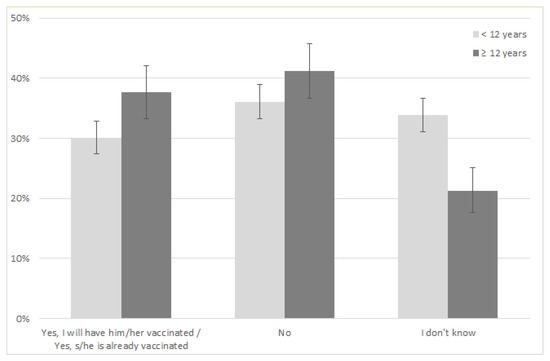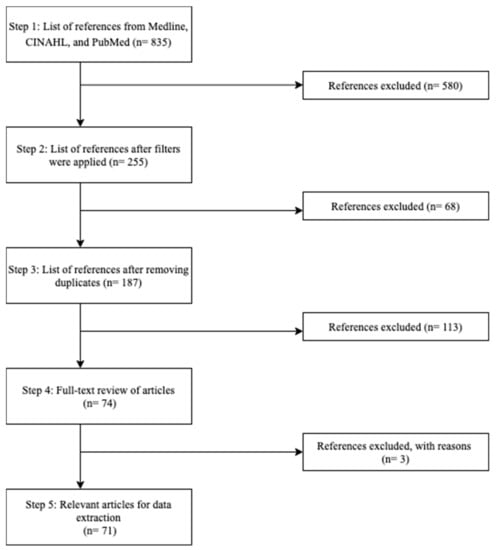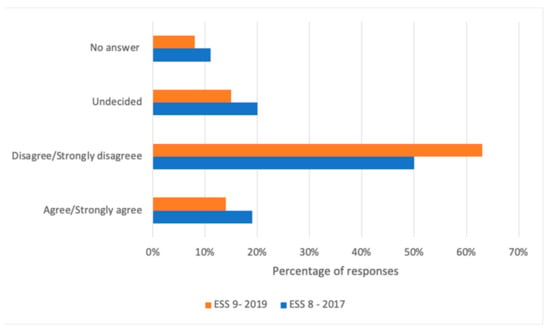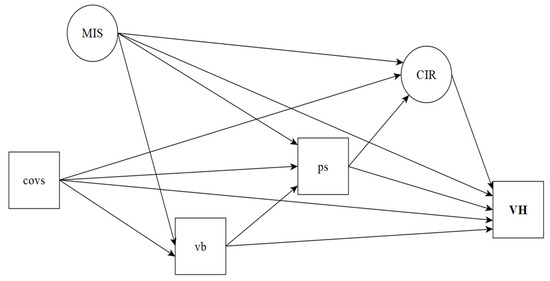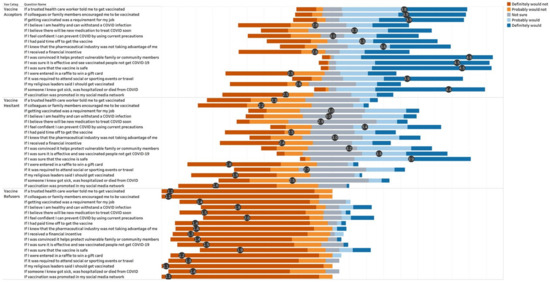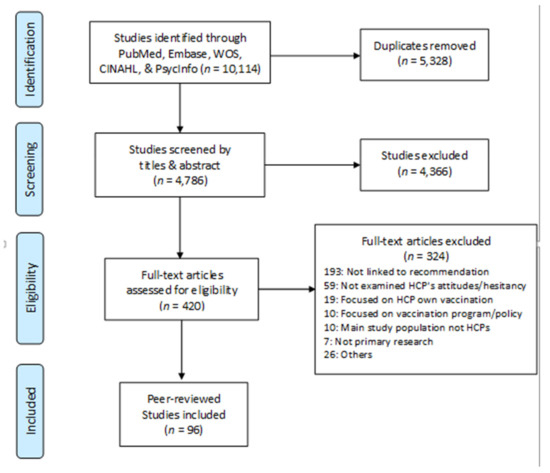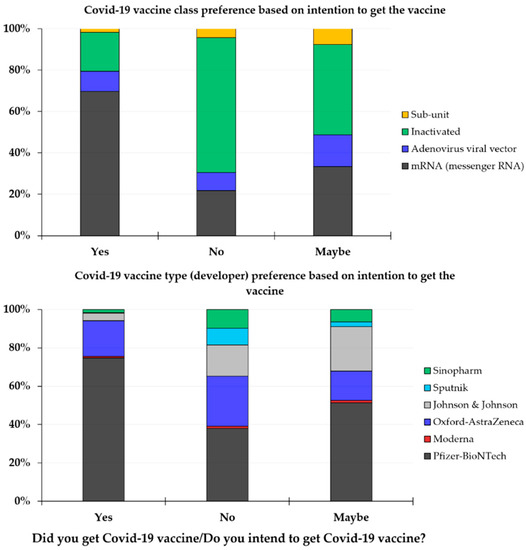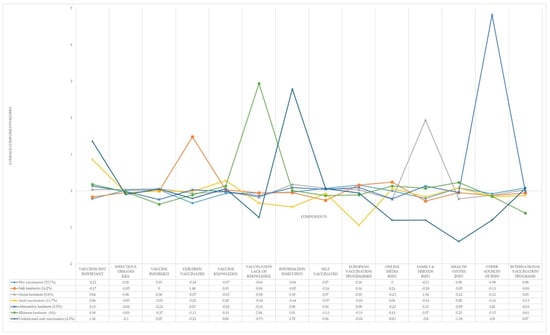Factors Associated with Vaccine Hesitancy
A topical collection in Vaccines (ISSN 2076-393X). This collection belongs to the section "Human Vaccines and Public Health".
Viewed by 182233Editor
Topical Collection Information
Dear Colleague,
Vaccine hesitancy and anti-vaccine attitudes have been identified by the United Nations as one of the top threats to global health. This topic has taken on urgent significance with the widespread sup-optimal trust in the COVID-19 vaccines, limiting them as a major strategy in ending the current pandemic. Vaccine hesitancy continues to grow, and strategies to counteract anti-vaccine ideas are largely ineffective. Understanding the phenomenon and factors contributing to vaccine hesitancy would give governments and health care providers an understanding of how to better tailor pro-vaccine messages. This Special Issue will encompass all levels of vaccine hesitancy, from a general fear of all vaccines to understanding specific issues related, perhaps, to an ingredient in a single vaccine, or what contributes to vaccine hesitancy in specific populations. It is hoped that by understanding the factors contributing to vaccine hesitancy, headway can be made in overcoming it and promoting fact-based, effective public health strategies to encourage the maximum levels of vaccination.
Dr. Brian D. Poole
Guest Editor
Manuscript Submission Information
Manuscripts should be submitted online at www.mdpi.com by registering and logging in to this website. Once you are registered, click here to go to the submission form. Manuscripts can be submitted until the deadline. All submissions that pass pre-check are peer-reviewed. Accepted papers will be published continuously in the journal (as soon as accepted) and will be listed together on the collection website. Research articles, review articles as well as short communications are invited. For planned papers, a title and short abstract (about 100 words) can be sent to the Editorial Office for announcement on this website.
Submitted manuscripts should not have been published previously, nor be under consideration for publication elsewhere (except conference proceedings papers). All manuscripts are thoroughly refereed through a single-blind peer-review process. A guide for authors and other relevant information for submission of manuscripts is available on the Instructions for Authors page. Vaccines is an international peer-reviewed open access monthly journal published by MDPI.
Please visit the Instructions for Authors page before submitting a manuscript. The Article Processing Charge (APC) for publication in this open access journal is 2700 CHF (Swiss Francs). Submitted papers should be well formatted and use good English. Authors may use MDPI's English editing service prior to publication or during author revisions.
Keywords
- vaccine hesitancy
- anti-vaccine
- vaccine ingredients
- vaccine schedule
- vaccine objections
- education








